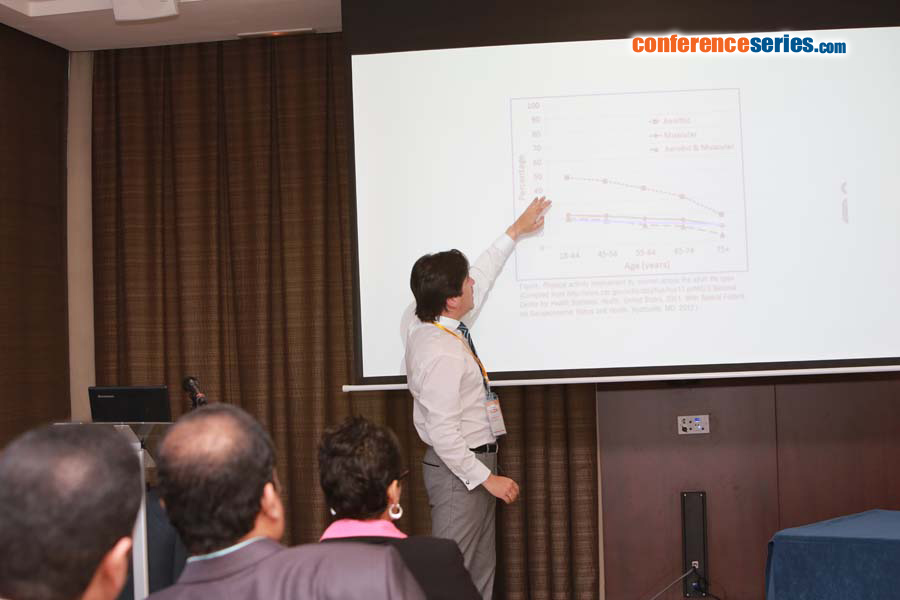
Arèvalo Harold
El Bosque University, Colombia
Title: Use of the muscle as a strategy for management of childhood obesity
Biography
Biography: Arèvalo Harold
Abstract
Childhood obesity is a condition that has increased rapidly throughout the world, and many of the strategies proposed by different organizations have failed in that attempt. Of the activities that have important evidence to address this condition, are the physical activity and nutritional control, with some contributions of anti-inflammatory foods (Mediterranean diet). Based on this, the muscular system and its different physiological responses: release of myokines, regulation of metabolic response, anti-inflammatory states, etc. It makes the muscular system one of the main tools for the control of childhood obesity. The process of transformation of this system and the neurohormonal response in different stages of life, makes the muscle fiber dynamic...
The release of a large number of myokines in sedentarism vs physical activity, generates changes in the metabolic regulation, and use of caloric expenditure. Another effect that has generated a positive evaluation in relation to physical activity is the mitochondrial functional improvement compared to prolonged sedentary states. We can not leave aside the immune response and the control of the infiltration of macrogafos at the level of the adipocytes that is mediated directly with the muscular intervention. You have to see the physical activity as a medicine, which must have a prescription according to the patient's needs, their age, clinical condition, physical capacity, among other characteristics






